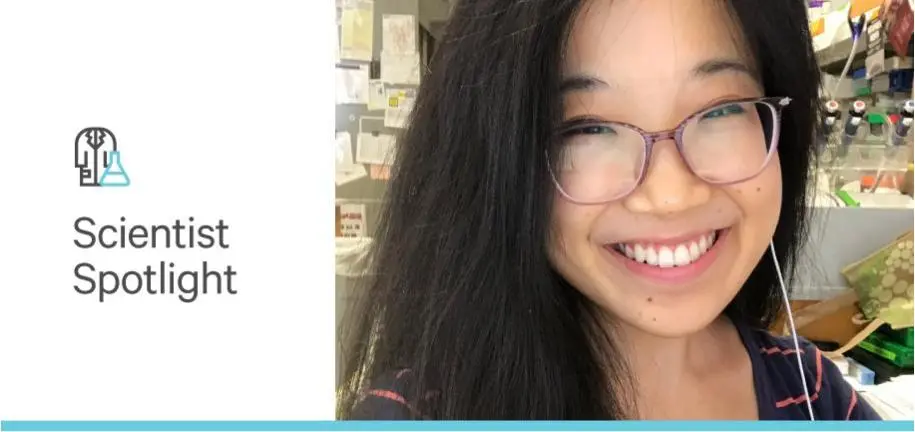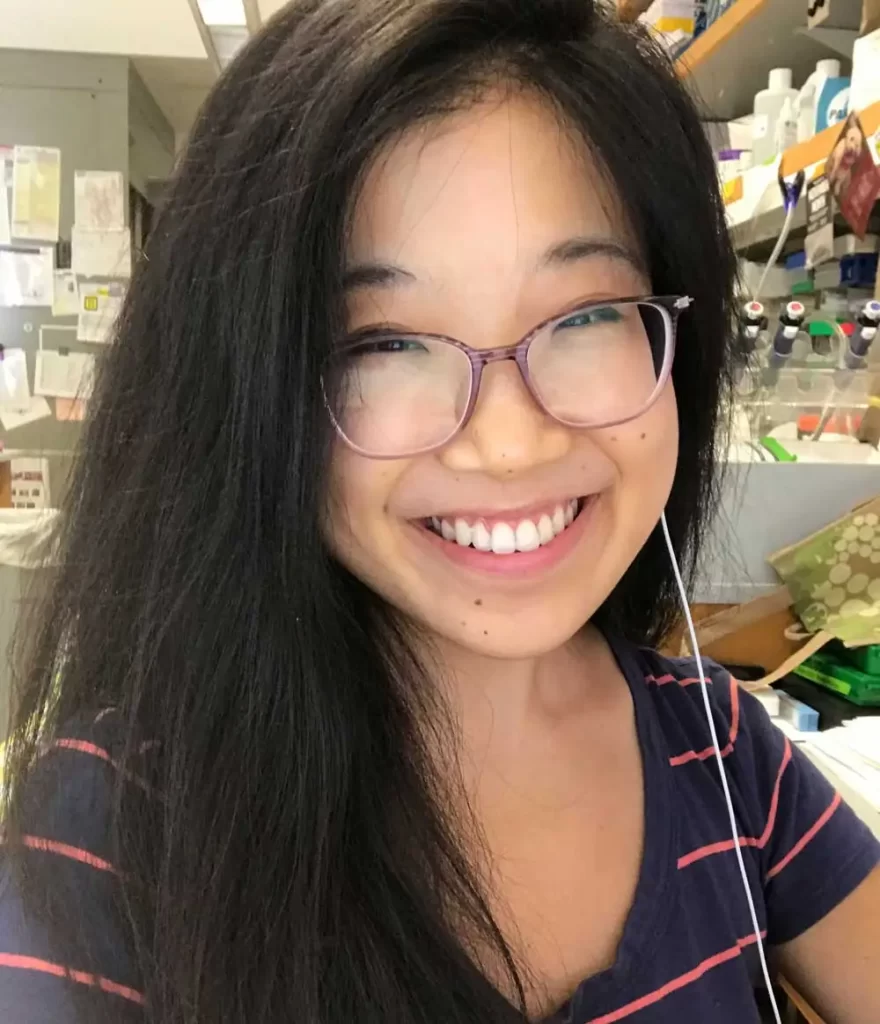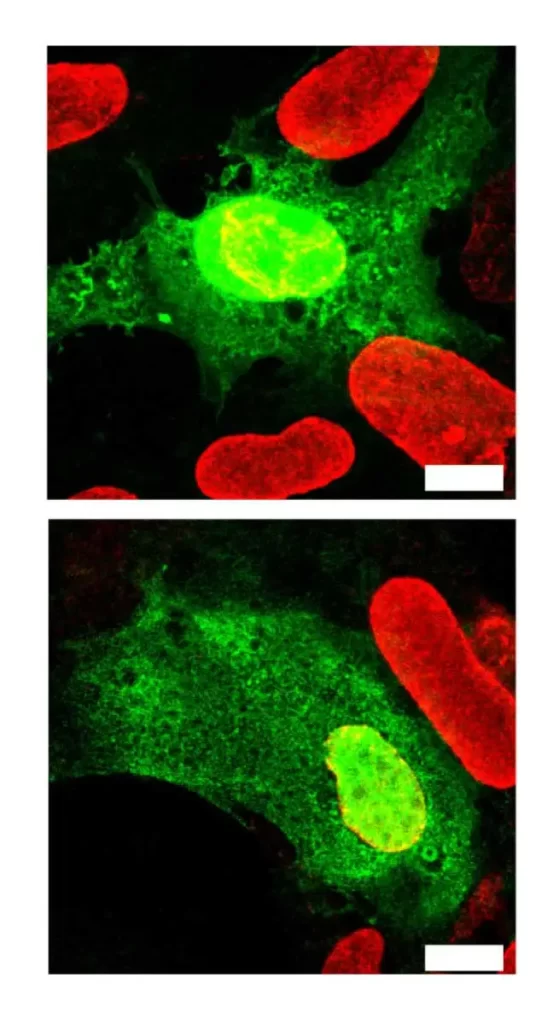
Vector Laboratories is closed for the President’s Day on Monday, February 19th. We will be back in the office on Tuesday, February 20th.
We will respond to emails upon our return. Have a wonderful day.
Menu
Vector Laboratories is closed for the President’s Day on Monday, February 19th. We will be back in the office on Tuesday, February 20th.
We will respond to emails upon our return. Have a wonderful day.


Natalie Chen simultaneously finds everything to be rewarding and challenging. As she closes in on the end of her PhD studies in Molecular Cellular Integrative Physiology at UCLA focusing on the nuclear lamina meshwork, she has learned to hope for the best but also be prepared to expect the worst. This may seem typical for any student of the sciences, but Natalie is far from the typical student. She started her collegiate experience as a 14-year-old through a special Early Entrance Program sponsored by the Robinson Center at the University of Washington, learning critical social and academic skills at an accelerated pace. Early on in her undergraduate years, she found that the research lab community was a perfect niche for her, where asking questions was considered not just “okay”, but an essential component in the thinking of a scientist. Although she could not attend many events with age restrictions (she was under 21) in her first year as a graduate student, she was well along her way to a focused, academic career.
“The staff scientists that I work with helped me learn valuable techniques, a range of skills, and how to troubleshoot, which is often needed because biology seems to follow Murphy’s Law: anything that can go wrong, will.”
Her research focuses on nuclear lamin proteins linked to disease and hopes that this will ultimately lead to a better understanding of how aberrant or missing nuclear lamins lead to specific phenotypes by expanding our insight into the underlying pathophysiology, including a premature, accelerated aging syndrome (Hutchinson Gilford progeria syndrome). Today she mostly uses immortalized cells to learn more about how deficiencies in nuclear lamins tie into pathophysiology. Like the rest of the research community, the 2020 pandemic has had an affect on her plans, with several months of shutdown and evolving schedules and methods for sharing laboratory time under physical distancing requirements.
“My main mentor is my thesis advisor. His best advice was that you need to know how to tell a story with your science and be able to explain why you are doing an experiment. In college, I believe that my history minor and classes helped develop my writing abilities. Since I want to pursue research, being able to clearly communicate the science to others is essential.”
Undertaking a writing project during the interruption helped. While Natalie used to judge all published research as exemplary, she has since learned to use a more critical eye when reading articles by others. She now takes experimental design, positive and negative controls, and analysis methods all into consideration. This approach helped in reading all the materials needed to write a review article that she recently submitted, and she found that critically studying everyone’s work was both difficult and extremely exciting. In her own work, she has discovered that finding that one little factor that affects experimental success is the thing that makes all the difference. This is an essential skill that she will be able to rely on throughout her career.

Above Right Figure: Confocal micrographs showing nuclear membrane ruptures in mouse embryonic fibroblasts lacking nuclear lamins. A GFP fused to a nuclear localization signal (NLS-GFP) in green shows the nucleoplasm. LAP2β, an inner nuclear membrane protein, is in red. In these particular cells lacking all nuclear lamins, the contents of the nucleoplasm (NLS-GFP in green) has notably escaped the bounds of the nuclear membranes (marked by LAP2β in red), indicating a nuclear membrane rupture. Scale bars, 10 μm.





Stay in the Loop. Join Our Online Community
Together we breakthroughTM

©Vector Laboratories, Inc. 2024 All Rights Reserved.